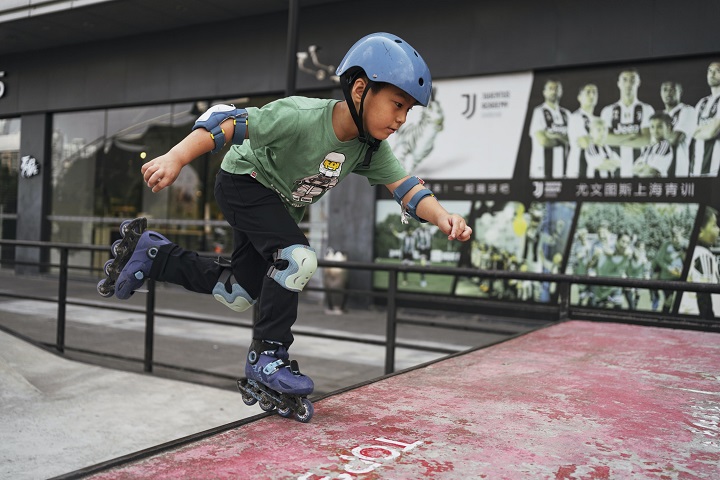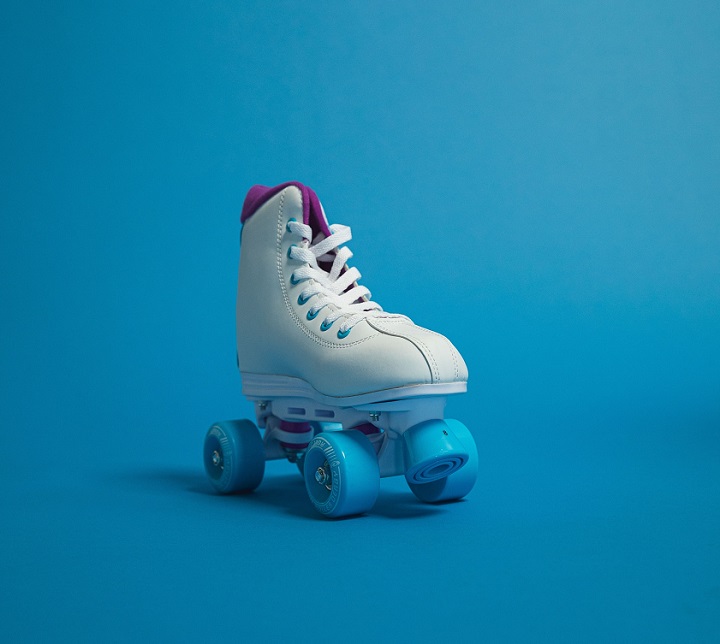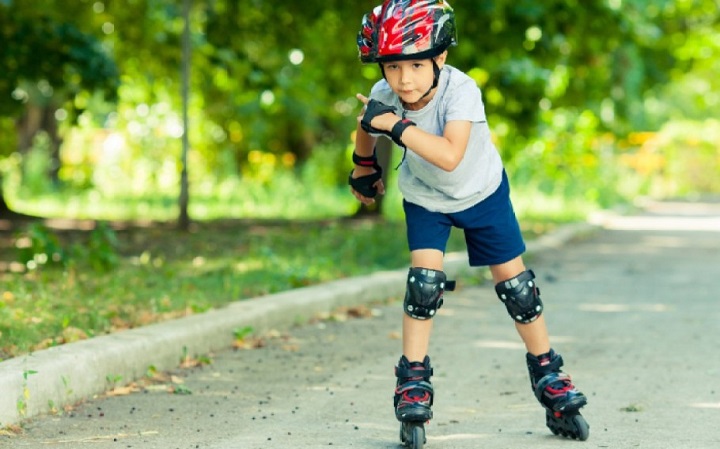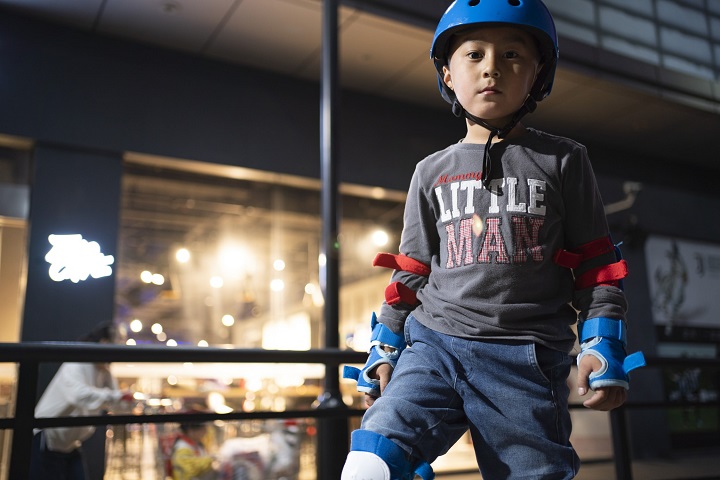Are you looking to try out new hobbies for your child? Why not give roller skating a chance? It’s more than just a regular sport, which is exactly why kids find it appealing. Think about it for a moment – it’s a fun and exciting activity that can serve as an outlet for their excess energy and a booster for their serotonin levels. It’s exactly the bargain you’re looking for.
With that said, it goes without saying that you’ll need to stock up on the right gear for a unique skating experience. It might seem like a lot to work through at first glance but with proper guidance, you’ll be fully equipped in no time. Here’s a checklist of all the things you should look for to kick off your kid’s skating journey.
How Do You Choose the Right Skates?

Kicking off our list is, quite expectedly, a durable pair of roller skates. While this sport is quite well-liked among the female population, there’s a wide selection of sturdy boys rollerblades as well. In other words, anyone can master this sport, regardless of age or level of physical activity.
Size
Choosing the right-sized rollerblades for boys and girls alike can be a little difficult. The trick is to find a pair that’s a firm fit around the feet, without being too tight or too loose. Be careful when trying on different models – if your child’s toe touches the nose of the skate at the front, it means they’re too small. A general rule of thumb is to go one size higher than the regular shoe size your child wears. In this way, you minimise the risk of any discomfort or blisters.
Wheels
The good news here is that all pairs of roller skates come with two pairs of wheels which contribute to maximum stability and ease of use. The only thing you need to decide on here is whether you want harder or softer wheels. On the one hand, harder wheels have a longer lifespan but provide less support and minimal shock absorption. On the other hand, their softer counterparts have a better grip and absorb most of the shock, at the expense of their durability and lifespan. In any case, it’s up to you to decide which aspects are more important to you.
Toe Stop

Ironically, the whole point of a toe stop is to start moving but it can also serve as a break. This is especially important if you’re a beginner because you’re still learning all the different moves and tricks. Toe stops are signature features of both girls and boys rollerblades so you’ll definitely be seeing a lot of those.
Type of Boot
You have two options here – soft or hard boots. Soft boots offer great freedom of movement and breathability whereas their hard-shelled alternatives are better suited for longer fitness rides since they’re a bit chunkier and provide great stability. So basically, the type of boot you choose depends greatly on what you intend to use it for.
How Do You Choose Roller Skating Safety Equipment?

Even if you’re a pro at roller skating, you’re bound to trip and fall many times over. And sadly, beginners find themselves in those unpleasant situations much more often. Either way, this is no cause for concern because there are lots of useful safety tools that will lower the risk of more serious injuries.
Helmet
Seeing as the head is the most important part of the body, it makes complete sense that we’re starting off our list with a helmet. Wearing this particular type of protective gear can significantly minimise the possibility of head injuries and concussions. The padded foam that lines the inside of the helmet along with its reinforced exterior shell effectively lessen the blow to your skull and prevent you from jerking your neck.
Elbow and Knee Pads
Apart from your head, the other body parts that are most likely to get injured when roller skating are your elbows and knees. These types of injuries are quite common among all athletes so you should definitely take all possible steps to stay safe. If you want to avoid scabby knees and grazed elbows, wearing protective pads on your joints will definitely make the fall to the ground more bearable by taking in most of the impact.
Make sure that all of your pads are a snug fit on your joints. If any of them are ill-fitting or not secured into place properly, they might do you more harm than good. It’s important that they’re tight enough not to slide off without completely cutting off circulation to your limbs.
Wrist Guards and Gloves

This particular piece of safety gear is oftentimes overlooked but it’s just as important as all the other items on our list. Much like your joints, your wrists and palms can get scraped and cut quite easily when you fall to the ground. Think about it this way, when you trip and fall, what’s the first thing you do to lessen the impact? That’s right, you extend your hands to grab hold of solid ground. If you get your hands on something sharp or uneven, you’ll definitely be facing some serious cuts. It’s probably best if you don’t take the risk. Do we really need to say anything else?